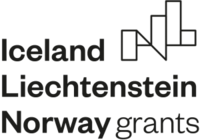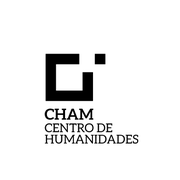marinelexicon:About: Difference between revisions
From Marinelexicon
No edit summary |
No edit summary |
||
| Line 6: | Line 6: | ||
Marine Lexicon is a cooperation initiative between Portugal and Norway, funded by [https://eeagrants.org/ EEA Grants] and [http://www.cham.fcsh.unl.pt/ CHAM – Centre for the Humanities], aiming at the construction of a thesaurus of European common names of marine mammals (cetaceans, seals and sea lions, and sirenians), symbolic elements (sea monsters, hybrid beings, folklore creatures) represented in the early modern age (15th-18th centuries) and place names related to the exploitation of marine mammals.<br /> | Marine Lexicon is a cooperation initiative between Portugal and Norway, funded by [https://eeagrants.org/ EEA Grants] and [http://www.cham.fcsh.unl.pt/ CHAM – Centre for the Humanities], aiming at the construction of a thesaurus of European common names of marine mammals (cetaceans, seals and sea lions, and sirenians), symbolic elements (sea monsters, hybrid beings, folklore creatures) represented in the early modern age (15th-18th centuries) and place names related to the exploitation of marine mammals.<br /> | ||
Browse our thesaurus [[Marine Lexicon|here]] or visit the project's website at: http://marinelexicon.fcsh.unl.pt/. | Browse our thesaurus [[Marine Lexicon|here]] or visit the project's website at: http://marinelexicon.fcsh.unl.pt/. | ||
[[pt:lexicomarinho:Sobre]] | |||
Revision as of 08:03, 8 March 2021
Marine Lexicon is a cooperation initiative between Portugal and Norway, funded by EEA Grants and CHAM – Centre for the Humanities, aiming at the construction of a thesaurus of European common names of marine mammals (cetaceans, seals and sea lions, and sirenians), symbolic elements (sea monsters, hybrid beings, folklore creatures) represented in the early modern age (15th-18th centuries) and place names related to the exploitation of marine mammals.
Browse our thesaurus here or visit the project's website at: http://marinelexicon.fcsh.unl.pt/.





